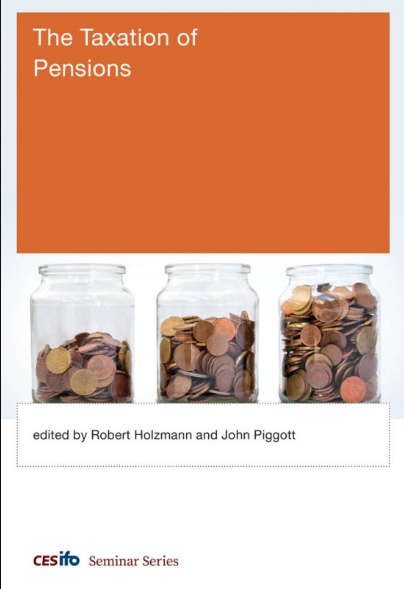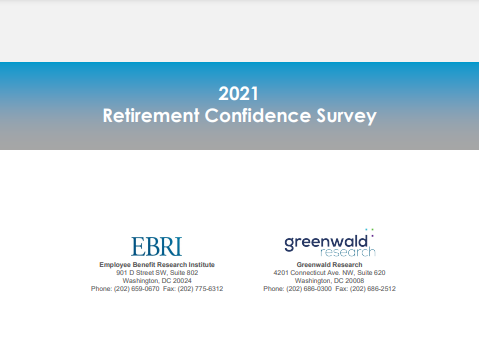Have scale effects on cost margins of pension fund investment portfolios disappeared?
By Jacob Antoon Bikker, Jeroen Meringa Investment costs of pension funds are crucial for their returns. Consolidation in the pension fund market proceeds continuously, often with cost savings as the main argument. Unused economies of scale in the pension fund investment costs, however, have declined over the years to values close to zero, except for the very small pension funds. This paper investigates investment economies of scale in the Netherlands and pays special attention to the non-linear relationship between investment...










